SOURCE: RAUNAK KUNDE / NEWS BEAT / IDRW.ORG
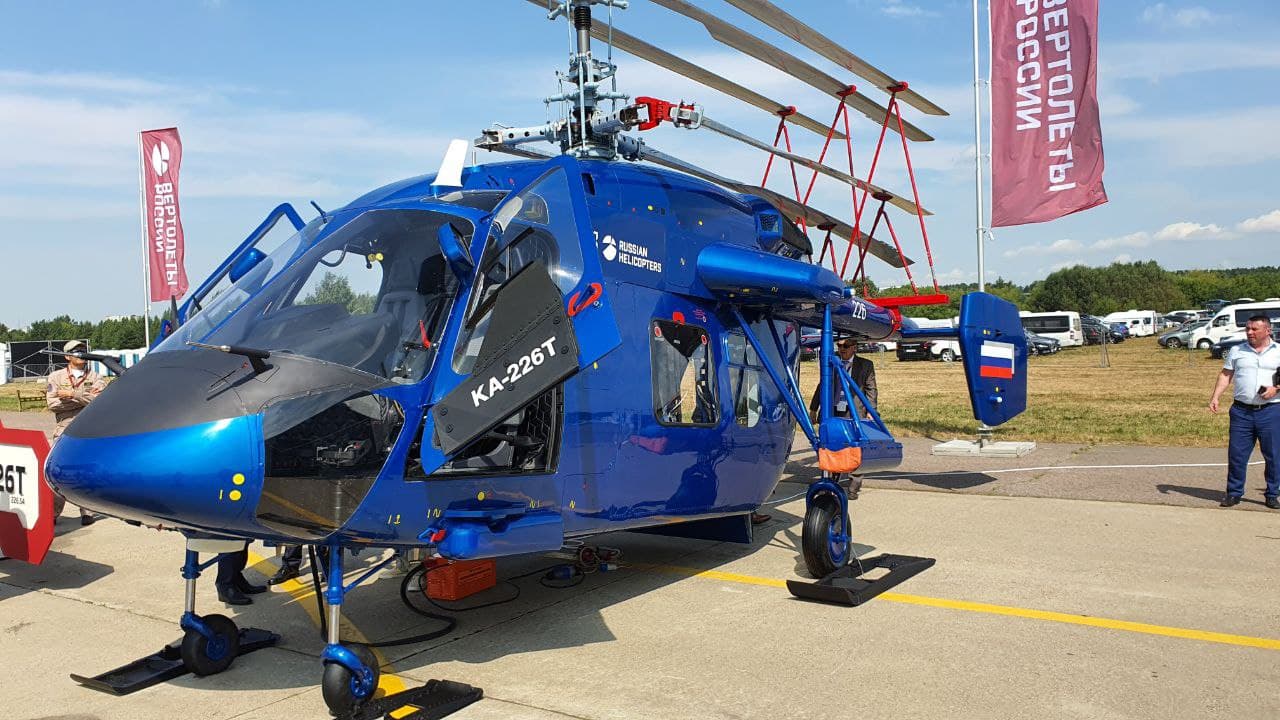
India’s long-held dream of replacing its ageing Cheetah and Chetak helicopters with modern Russian Ka-226Ts seems to be grounded over complex engine issues. Though chosen by both the Indian Army and Air Force, two critical roadblocks threaten the program’s future:
Despite ambitious goals, India’s state-owned Hindustan Aeronautics Limited (HAL) is struggling to achieve the desired level of local manufacturing for the Ka-226T. The current French engine hinders reaching the stipulated 75% localization target, falling short at 62.4%.
Continue readingSOURCE: RAUNAK KUNDE / NEWS BEAT / IDRW.ORG
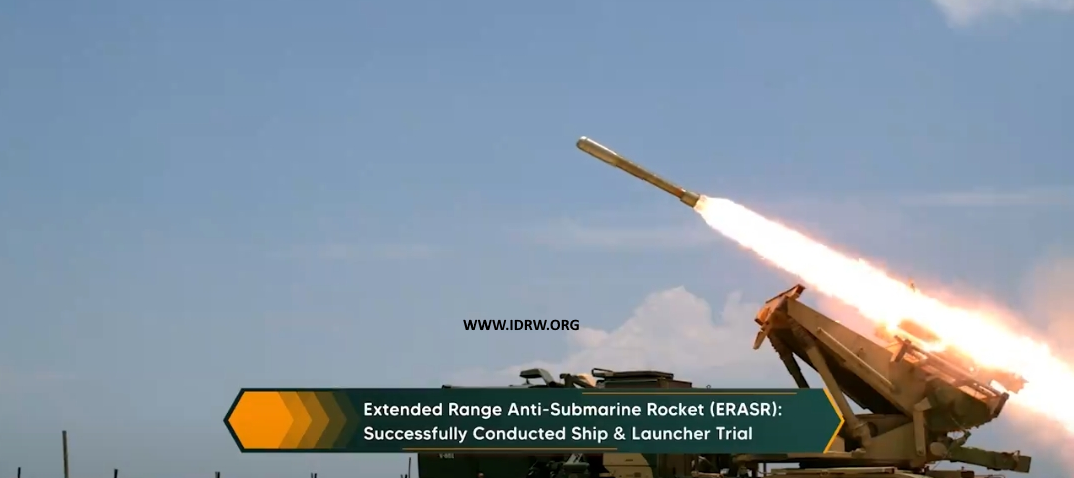
In a groundbreaking development showcased in the DRDO Year End Review of 2023, the Defence Research and Development Organisation (DRDO) unveiled the first image of a land-based system of the Extended Range Anti-Submarine Rocket (ERASR). This technological marvel, developed by the Armament Research & Development Establishment (ARDE), signifies a significant advancement in India’s anti-submarine warfare capabilities.
The ERASR completed successful trials from Ship and Launcher Trials in 2023, marking a pivotal moment in the evolution of anti-submarine weaponry. Developed by ARDE, the Extended Range Anti-Submarine Rocket (ER-ASR) is designed to enhance the range of the existing RGB-60 Anti-Submarine Rocket from 5.3 km to an impressive 8.0+ km. The successful trials validate its effectiveness in real-world scenarios, setting the stage for its potential deployment in naval operations.
Continue readingSOURCE: IDRW.ORG TEAM

The Defence Research and Development Organisation (DRDO) is gearing up for additional testing of its Naval Anti-Ship Missile – Short Range (NASM-SR) in 2024. The upcoming tests are intended to validate all technical parameters of the missile, with a particular focus on achieving its maximum range of 55 kilometers. This initiative comes following the successful flight test conducted by DRDO in November, during which the missile demonstrated a range of 35 kilometers.
The NASM-SR is a formidable naval anti-ship missile designed to enhance the capabilities of the Indian Navy. It is propelled by two two-stage solid propulsion systems, featuring an in-line ejectable booster and a long-burn sustainer. These advanced propulsion systems contribute to the missile’s agility and effectiveness in engaging maritime targets.
Continue readingSOURCE: IDRW.ORG TEAM

Dg Propulsion Private Limited (DPPL) is celebrating a major milestone today! Their team successfully completed demo test runs for the powerful and precise DG J40 Jet engine, showcasing its capabilities for valued customers. This marks a significant leap forward for the Indian company, further solidifying their position as a leader in cutting-edge jet engine technology for unmanned aerial vehicles (UAVs) and defense applications.
Building upon the success of their DG J20 engine, DG Propulsion has raised the bar with the DG J40. This turbojet boasts a thrust capacity of up to 40 kgf, making it a true powerhouse in the world of UAV propulsion. This increased power output translates to greater range, payload capacity, and maneuverability for UAVs, opening up exciting new possibilities for military and civilian applications.
Continue readingSOURCE: RAUNAK KUNDE / NEWS BEAT / IDRW.ORG
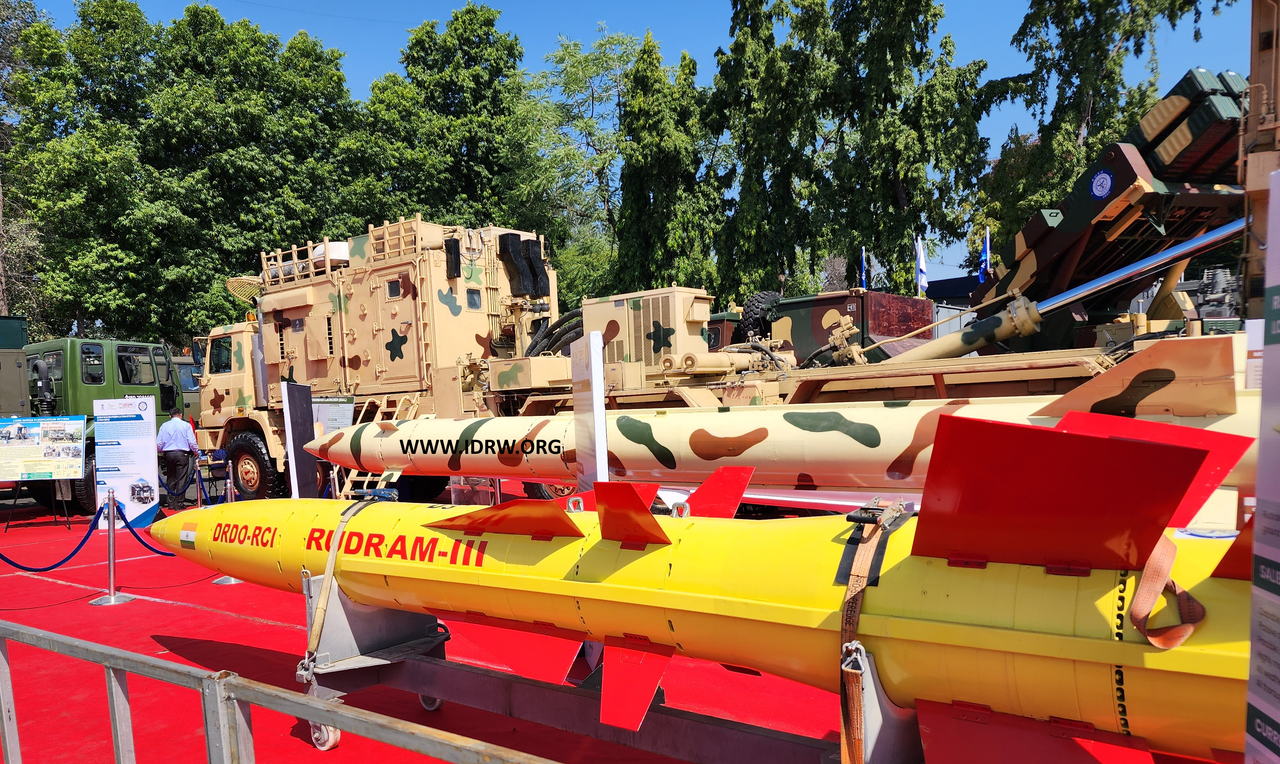
As 2023 draws to a close, India’s missile arsenal stands poised for further expansion in 2024. With a consistent record of both public and classified tests throughout the year, the Defence Research and Development Organisation (DRDO) is gearing up for more trials and potentially unveiling game-changing technologies.
Here’s a glimpse into what we can expect:
Continue readingSOURCE: RAUNAK KUNDE / NEWS BEAT / IDRW.ORG
India’s Aeronautical Development Establishment (ADE) is gearing up for the next chapter in its unmanned aerial vehicle (UAV) program with the upcoming Archer-NG. This indigenously developed Weaponized Medium Altitude Long Endurance (MALE) UAV promises to be a game-changer, offering advanced capabilities for Intelligence, Surveillance, Target Acquisition, Tracking and reconnaissance (ISTAR) missions and even venturing into strike roles.
At the heart of Archer-NG lies a powerful engine, crucial for its impressive performance. Initially, the UAV will be powered by an Austro Engine 330EP, generating 177 HP. However, the true potential lies in the indigenous engines being developed by the Vehicle Research and Development Establishment (VRDE).
Continue readingSOURCE: RAUNAK KUNDE / NEWS BEAT / IDRW.ORG
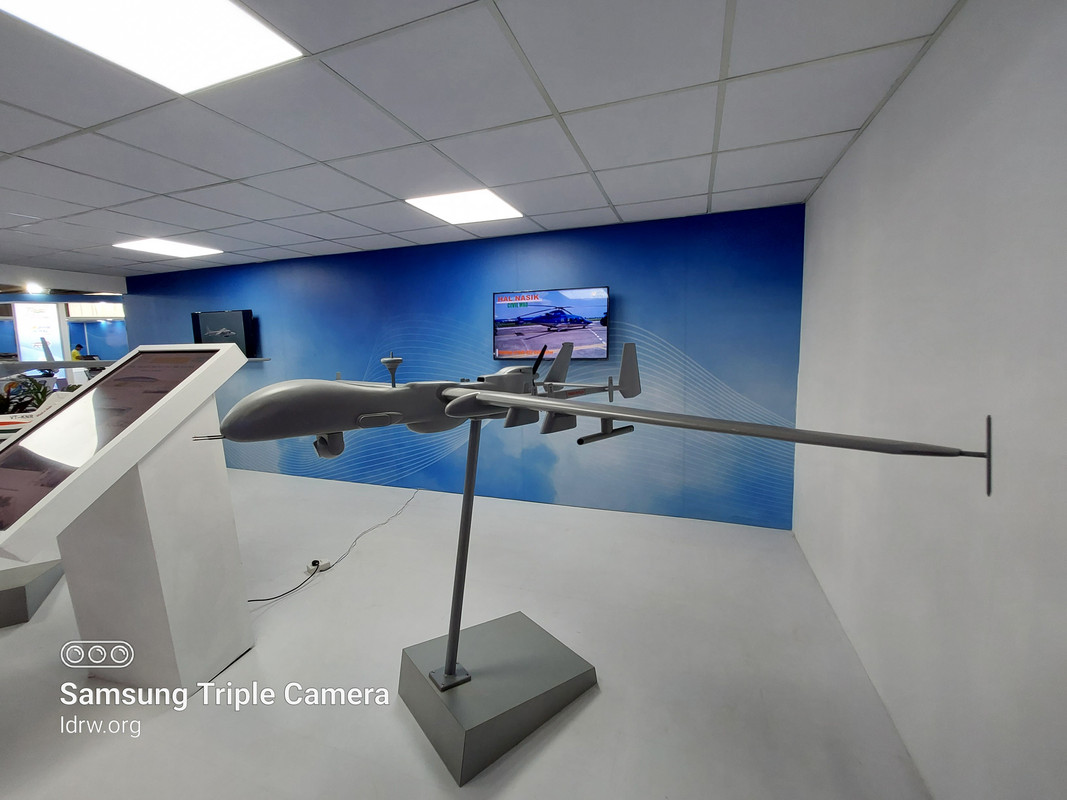
Following the closure of India’s Tapas Medium Altitude Long Endurance (MALE) UAV program due to technical shortcomings, Israel Aerospace Industries (IAI) has stepped forward with an offer to locally manufacture its Heron Mk II unmanned aerial vehicles (UAVs) in collaboration with Hindustan Aeronautics Limited (HAL). This proposal comes in the wake of IAI’s successful supply of Heron Mk II UAVs to the Indian Air Force (IAF) and the growing emphasis on indigenous manufacturing in the defence sector.
IAI’s Heron Mk II UAVs, recently procured by the Indian Air Force, have demonstrated advanced capabilities, prompting IAI to extend an offer for local manufacturing in collaboration with HAL. This proposal aligns with India’s push for self-reliance in defence manufacturing and technology, emphasizing the importance of indigenous production.
Continue readingSOURCE: IDRW.ORG TEAM
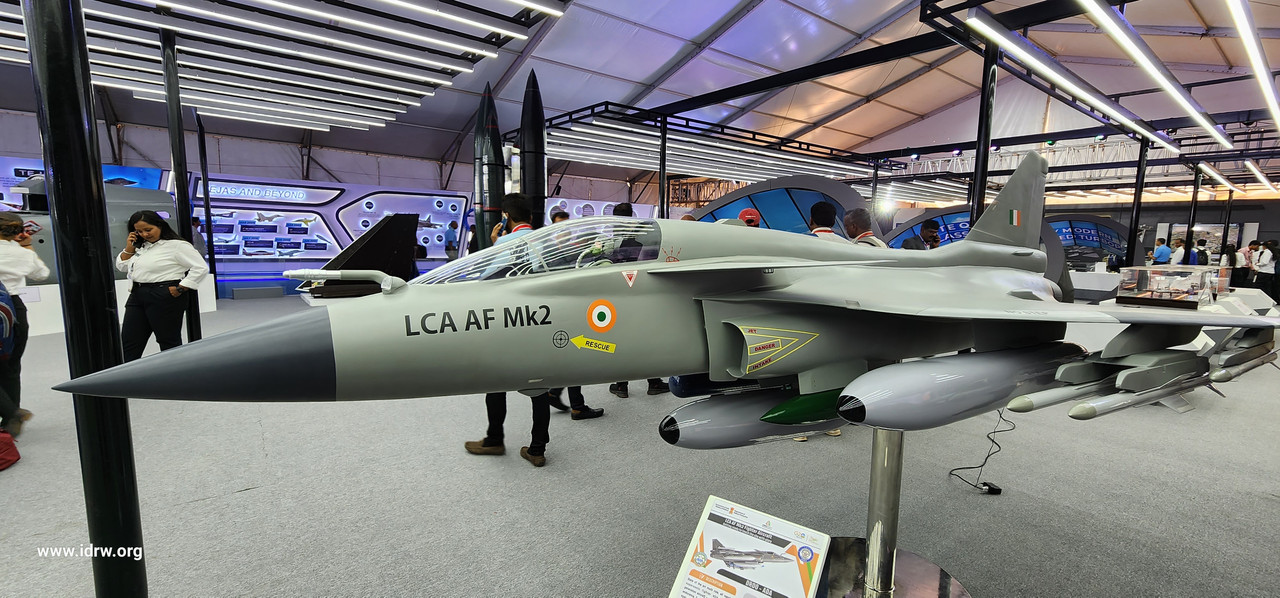
India’s Tejas MkII fighter jet, set to be powered by the American F-414 engine, will boast a modular engine bay designed to accommodate even more powerful engines in the future. This forward-thinking approach paves the way for seamless integration of a new 110kN engine currently under development for the fifth-generation Advanced Medium Combat Aircraft (AMCA) program.
The F-414 engine, a proven powerhouse generating around 98kN of thrust, will provide ample muscle for the Tejas MkII fleet. However, anticipating future needs for increased power, especially in the AMCA program, the engine bay has been designed with adaptability in mind.
Continue readingSOURCE: IDRW.ORG TEAM
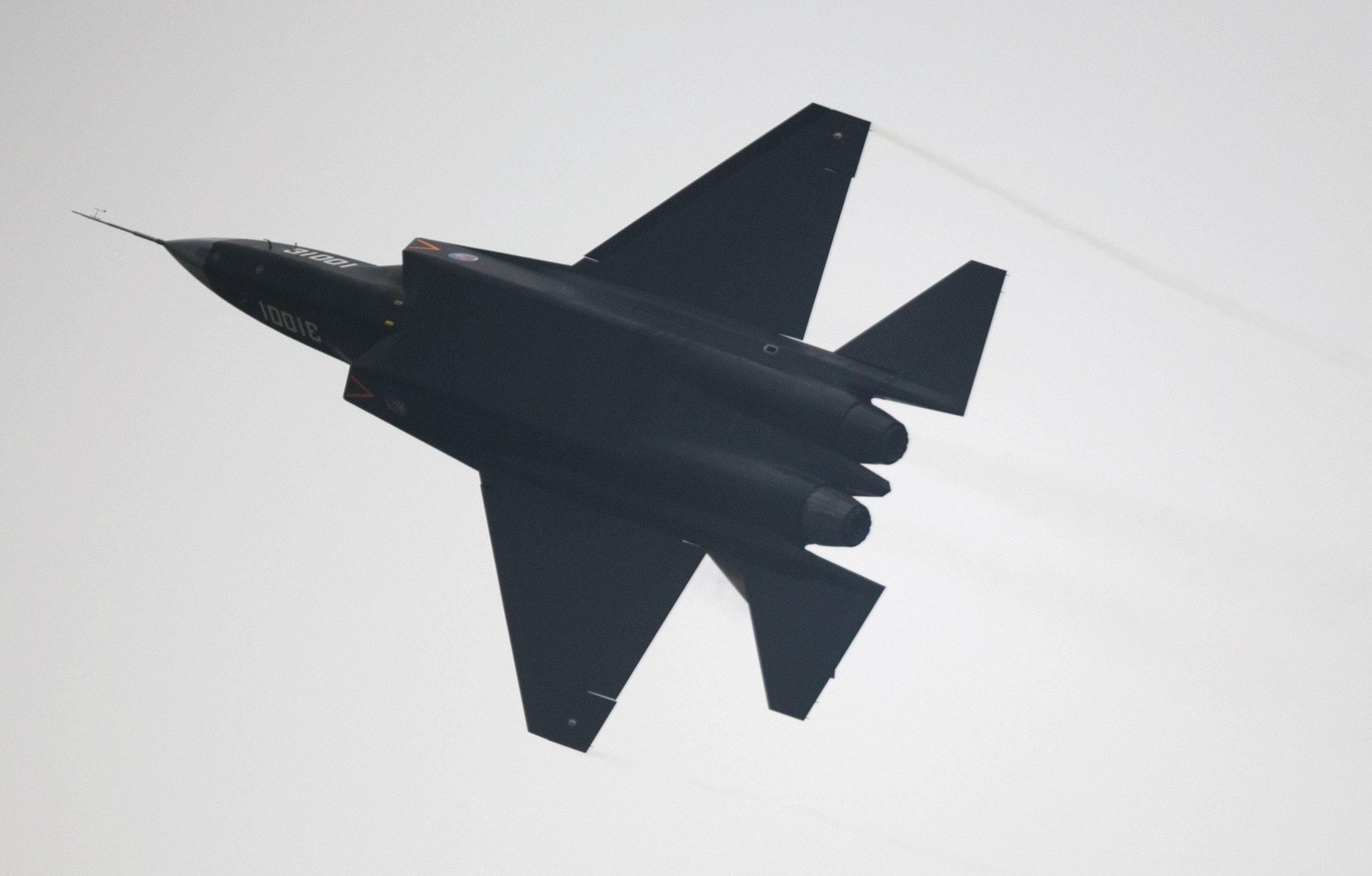
The veil has been lifted on Pakistan’s airpower ambitions, with the Pakistan Air Force (PAF) officially announcing plans to acquire China’s J-31 stealth fighter jets. This move marks a significant shift in the regional arms race, raising questions about its impact on the delicate power dynamics between Pakistan and India.
The J-31 boasts advanced stealth capabilities, designed to evade radar detection and penetrate deep into enemy airspace. Its twin-engine configuration offers enhanced power and payload capacity, making it a formidable contender in modern aerial combat. However, the J-31’s price tag and operational costs pose challenges for Pakistan. The exact number of jets to be procured remains unclear, with estimates suggesting a modest squadron due to budgetary constraints.
Continue readingSOURCE: RAUNAK KUNDE / NEWS BEAT / IDRW.ORG

In a major leap forward for indigenous defense capabilities, the Defence Research and Development Organisation (DRDO) has confirmed the successful testing of the Prototype DATRAN 1500hp engine for the Futuristic Main Battle Tank (FMBT). This development, highlighted in the DRDO Year End Review of 2023, showcases India’s commitment to advancing its technological prowess in the field of defense. The engine, a product of collaborative efforts with Bharat Earth Movers Limited (BEML), is a key component in the quest to enhance the country’s armored warfare capabilities.
Bharat Earth Movers Limited (BEML) has played a pivotal role in the realization of the DATRAN 1500hp engine. Taking on the responsibility of Design, Development, and Supply of these high-powered engines to CVRDE, BEML has demonstrated its commitment to advancing India’s defense manufacturing capabilities. The successful collaboration between DRDO and BEML underscores the synergy between government agencies and private enterprises in achieving strategic defense objectives.
Continue readingSOURCE: RAUNAK KUNDE / NEWS BEAT / IDRW.ORG
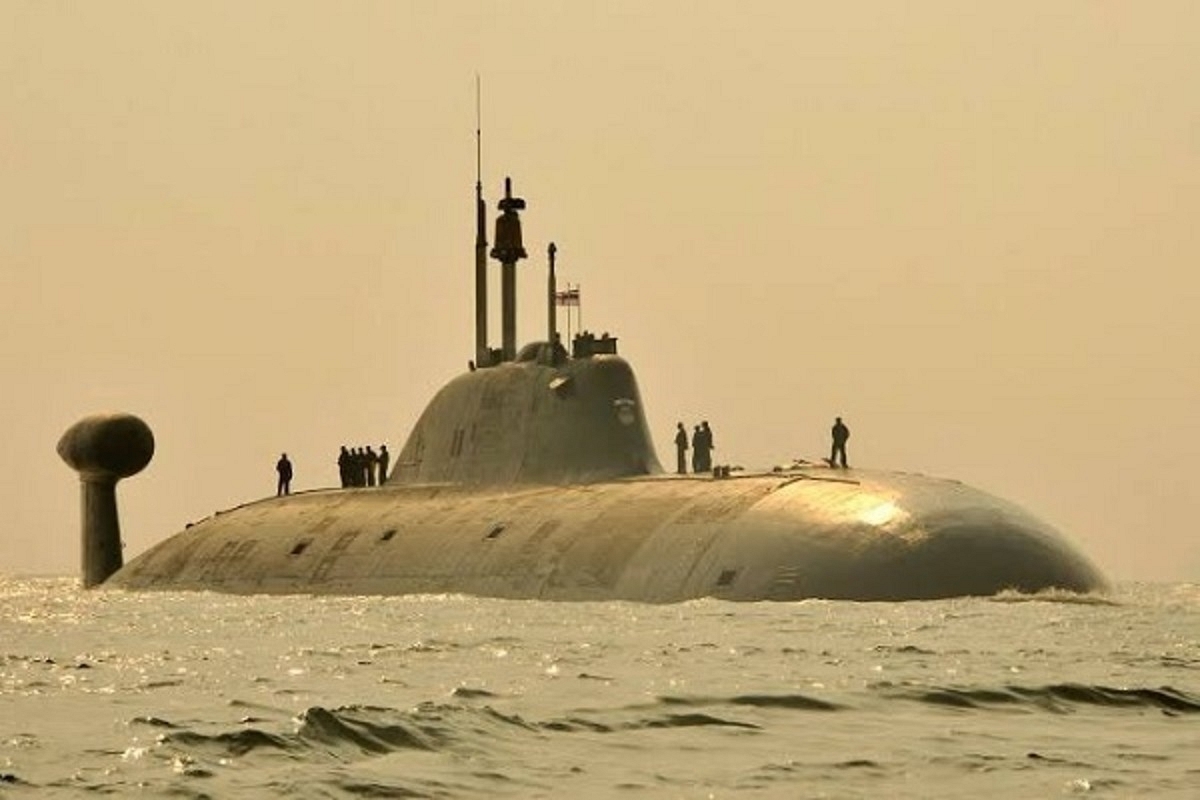
The fate of India’s highly anticipated Akula-class nuclear-powered attack submarine, Chakra-3, hangs in the balance as Russia grapples with delivery delays and India navigates complex financial hurdles. Despite assurances from Russia during External Affairs Minister S Jaishankar’s recent visit, the path towards acquiring this crucial underwater asset remains shrouded in uncertainty.
In 2019, India inked a $3 billion deal with Russia to lease an Akula-class submarine for a decade. This advanced acquisition, known as Chakra-3, was slated to bolster India’s maritime prowess and deter regional adversaries.
Continue readingSOURCE: IDRW.ORG TEAM
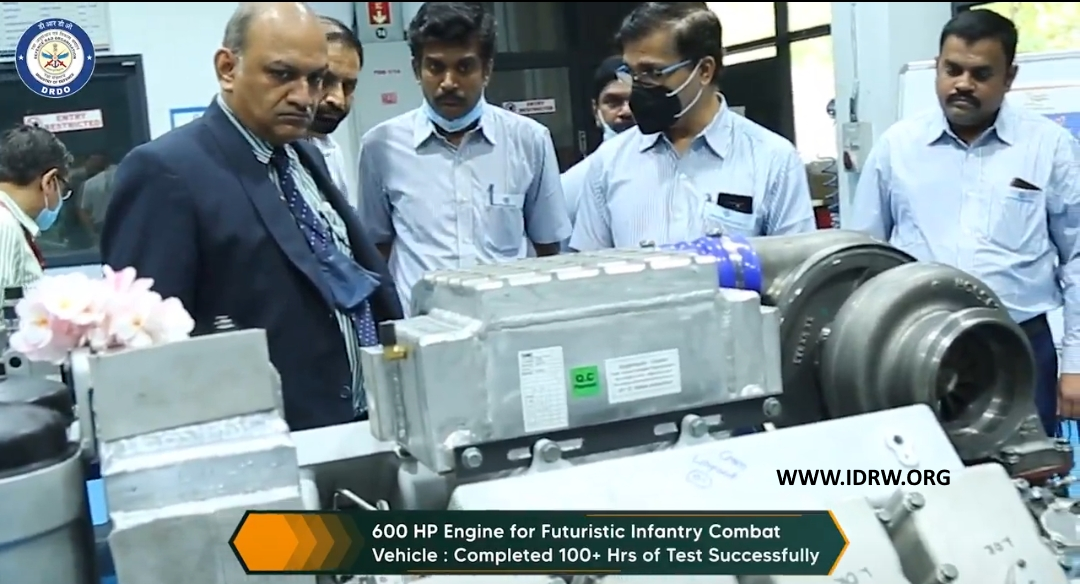
A significant milestone has been achieved in India’s quest for self-reliance in military technology. The indigenously developed 600 hp engine, a joint effort between the Combat Vehicles Research & Development Establishment (CVRDE) and Ashok Leyland, has successfully completed over 100 hours of testing since its inauguration in December 2021. This engine, designed from scratch with advanced technologies, is expected to play a crucial role in powering India’s Future Infantry Combat Vehicle (FICV) program.
The CVRDE-designed engine boasts compactness, efficiency, and lightness, thanks to the incorporation of advanced technologies. This makes it comparable to contemporary battle tank engines and ideally suited for the demanding battlefield requirements of the FICV program.
Continue readingSOURCE: IDRW.ORG TEAM
The Ministry of Defence (MoD) of India has released its year-end review for 2023, showcasing significant advancements in the country’s military capabilities. Amongst these achievements, the Vertical Launch Short Range Surface to Air Missile (VL-SRSAM) stands out as a game-changer for India’s naval and air defense.
Developed as a surface-to-air variant of the Astra MkI Beyond Visual Range Air-to-Air Missile (BVRAAM), the VL-SRSAM packs a punch with a remarkable strike range of 80 kilometers. This exceeds expectations, as initial predictions estimated a range below 50 kilometers. The extended range allows the VL-SRSAM to effectively neutralize a wide range of aerial threats.
Continue readingSOURCE: IDRW.ORG TEAM
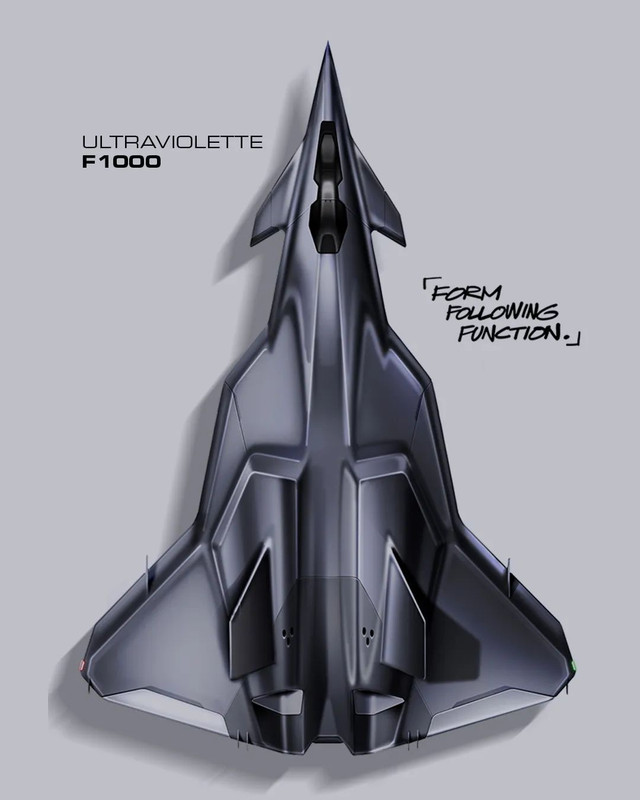
Buckle up, aviation enthusiasts, because India’s premier electric motorcycle manufacturer, Ultraviolette Automotive, just unveiled a mind-blowing concept that transcends the realm of two wheels – the F1000, a hypersonic electric jet claimed to be the 4th generation in their electrifying aeronautical lineage.
This futuristic marvel promises to be the successor to the FX-800, but with a revolutionary twist. Imagine a sleek aircraft crafted from shape-shifting Titanium-Niobium memory alloys, allowing for wings that adapt to the demands of supersonic flight. And that’s just the tip of the iceberg.
Continue readingSOURCE: RAUNAK KUNDE / NEWS BEAT / IDRW.ORG

While India might be behind the curve in joining the 5th generation fighter jet club with its Advanced Medium Combat Aircraft (AMCA), it’s already peeking into the future. Former Air Chief Marshal RKS Bhadauria and outgoing ADA chief Girish Deodhare offer exciting insights into the AMCA’s potential, hinting at technologies bordering on the 6th generation.
Deodhare’s description of AMCA as a “5.5 generation” aircraft is intriguing. It signifies the integration of cutting-edge features not yet found in operational 5th gen jets but poised to be core elements of future 6th gen fighters developed by global powers. This puts India on a fascinating path, not just catching up but potentially leapfrogging with next-generation advancements.
Continue reading